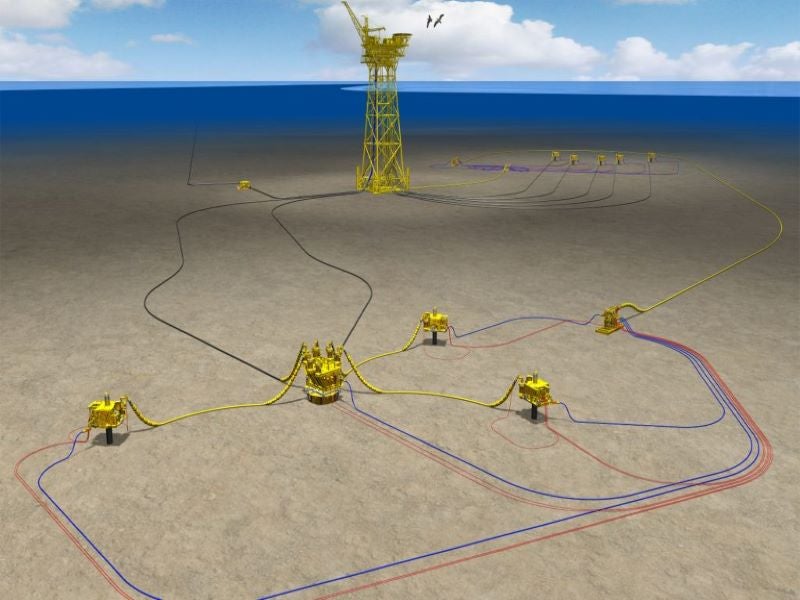The Matapal gas project, located in the Columbus Basin offshore Trinidad and Tobago, commenced operations in September 2021. The project is owned and operated by BP Trinidad and Tobago (BPTT), a joint venture between BP (70%) and Repsol (30%).
BPTT reached the final investment decision (FID) in December 2018 and brought the project into production seven months ahead of schedule.
The Matapal gas project has been developed as a subsea tieback to the existing Juniper platform, which is also owned and operated by BPTT.
Matapal gas field location and reservoir details
The Matapal gas field is located in 163-deep waters in the East Mayaro Block of the Columbus Basin, approximately 80km off the south-east coast of Trinidad Island, Trinidad and Tobago.
The project targets the resources discovered by the Savannah exploration well, which was drilled in the Columbus Basin in June 2017. The Savannah exploration well was drilled into an untested fault block to the east of the Juniper gas field. It encountered hydrocarbon-bearing reservoirs in Pliocene-Pleistocene pro-delta shale rocks with a net gas of 650ft.
Matapal gas project development details
The Matapal subsea gas development project involved three production wells tied back to the existing Juniper platform and the installation of a four-slot subsea manifold. The Juniper platform is located approximately 8km west of Matapal.
The project is expected to reach a peak production capacity of up to 250-350 million cubic feet a day (Mcfd) in its initial development phase.
Fabrication works for the project were started in 2019. The Juniper platform was modified to handle production from the Matapal project. The well stream from Matapal is transported to the Juniper platform through two 9km-long flexible flowlines.
Juniper platform details
The Juniper platform started producing gas from the Corallita and Lantana fields in August 2017, as part of the Juniper offshore project, which was the first subsea gas development by BPTT in Trinidad and Tobago.
The platform’s topsides weigh approximately 4,600 tonnes (t) and are 45m high, while its jacket structure weighs 4,700t and stands 120m tall.
A 10km-long flowline transports gas from the Juniper platform to the Mahogany Bravo hub, which is also operated by BPTT and is located in the Greater Mahogany and Amherstia (GMA) area in the Columbus Basin.
BPTT supplies the gas output of the Juniper project to downstream customers that include ammonia, methanol, LNG, as well as power plants in Trinidad and Tobago.
Contractors involved in the Matapal gas project
Maersk Drilling was awarded a contract worth £58.4m ($78m) to drill three wells of the Matapal project in December 2019. Maersk Discoverer, a semi-submersible drilling rig, was deployed to execute the contract in October 2020.
OneSubsea was engaged as the key subsea contractor for the Matapal project. Peterson was subcontracted by OneSubsea to provide logistics services involving lifting and moving of subsea structures for the Matapal project in October 2020.
North Sea Atlantic, a subsea construction vessel, was used for the installation of subsea infrastructure and the tieback to the Juniper platform.
Diamond Ocean Victory, a semi-submersible drilling rig, drilled the Savannah exploration well in 2017.
BPTT’s upstream gas business in Trinidad and Tobago
BPTT accounts for 55% of the total gas production in Trinidad and Tobago making it the biggest gas producer in the country. It is also the biggest hydrocarbon producer in the Caribbean island country as it operates as many as 15 offshore production platforms.
The latest offshore platform to be operated by the company is the Angelin platform that commenced gas production in February 2019.
The Cassia Compression project, which targets maximising gas recovery from the existing fields in the Greater Cassia Area, is also expected to start operations in 2022.
The Cassia C offshore gas platform, which was installed as part of the Cassia Compression project in July 2021, is the 16th offshore platform to be installed by BPTT in Trinidad and Tobago.





